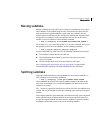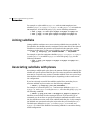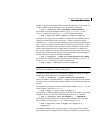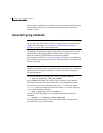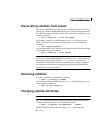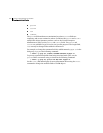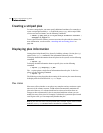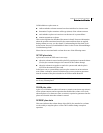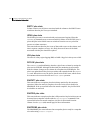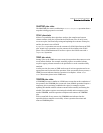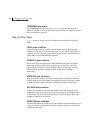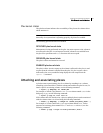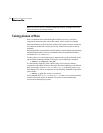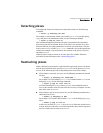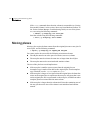
225Creating and administering plexes
Displaying plex information
VxVM utilities use plex states to:
■ indicate whether volume contents have been initialized to a known state
■ determine if a plex contains a valid copy (mirror) of the volume contents
■ track whether a plex was in active use at the time of a system failure
■ monitor operations on plexes
This section explains the individual plex states in detail. For more information
about the possible transitions between plex states and how these are applied
during volume recovery, see the chapter “Understanding the Plex State Cycle”
in the section “Recovery from Hardware Failure” in the Veritas Volume Manager
Troubleshooting Guide.
Plexes that are associated with a volume have one of the following states:
ACTIVE plex state
A plex can be in the ACTIVE state in two ways:
■ when the volume is started and the plex fully participates in normal volume
I/O (the plex contents change as the contents of the volume change)
■ when the volume is stopped as a result of a system crash and the plex is
ACTIVE at the moment of the crash
In the latter case, a system failure can leave plex contents in an inconsistent
state. When a volume is started, VxVM does the recovery action to guarantee
that the contents of the plexes marked as ACTIVE are made identical.
Note: On a system running well, ACTIVE should be the most common state you
see for any volume plexes.
CLEAN plex state
A plex is in a CLEAN state when it is known to contain a consistent copy (mirror)
of the volume contents and an operation has disabled the volume. As a result,
when all plexes of a volume are clean, no action is required to guarantee that the
plexes are identical when that volume is started.
DCOSNP plex state
This state indicates that a data change object (DCO) plex attached to a volume
can be used by a snapshot plex to create a DCO volume during a snapshot
operation.



